Crows’ Nest
Fiona Cunningham-Reid, our filmmaker, wonders around our boat with her camcorder on the shoulder. She searches for a spot sheltered from the wind to ask about the “impact of Cape Farewell on our work”. I need an escape route. I say that first I want to take some altitude from the project and so decide to climb into the crows’ nest, from where I think the bigger picture would be clearer.
“How is the view up there?”
Not a minute of peace, even 15 meters above deck. The views of the first week on the boat are stunning. The wonderful taste of Sgriob Ruadh Farm’s blue cheese is still in my mouth. I can see the crew having what seems to be their third breakfast since waking this morning. Sailing makes you hungry and if it doesn’t, Oliver the chef will regularly excite your appetite. I can hear the scream of the rabbits that we shot for the barbecue, the night of the ceilidh, and the echo of the long conversations between artists and scientists. The main deck is buzzing with new ideas.
How to tackle climate change? The situation is complex. From up here in the crows’ nest, the horizon is clear. There is no pirate ship in sight. But despite the apparent tranquillity of the black water surrounding us, its slight motion amplified by the mast quickly makes me seasick.
I thought that Bruce Chatwin’s “Songlines” would help to orientate my journey on the ship. He wrote that the idea of returning to an “original simplicity” is not naïve, unscientific or out of touch with reality.
“Renunciation, even at this late date, can work. The world, if it has a future, has an ascetic future”.
If Chatwin is right, the world that we discovered in the Scottish isles has without any doubt been an inspiration for all of us.
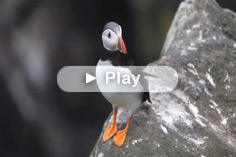


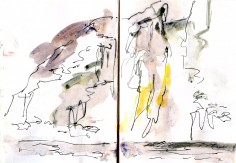
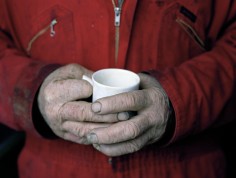
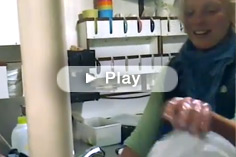
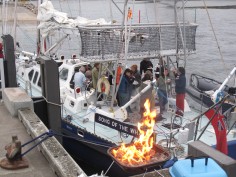

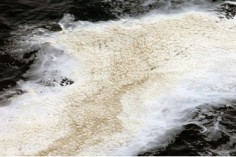
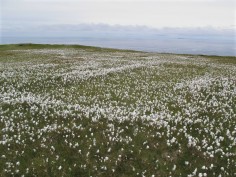

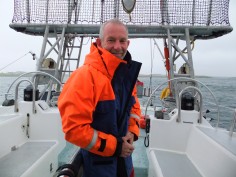








No Comments